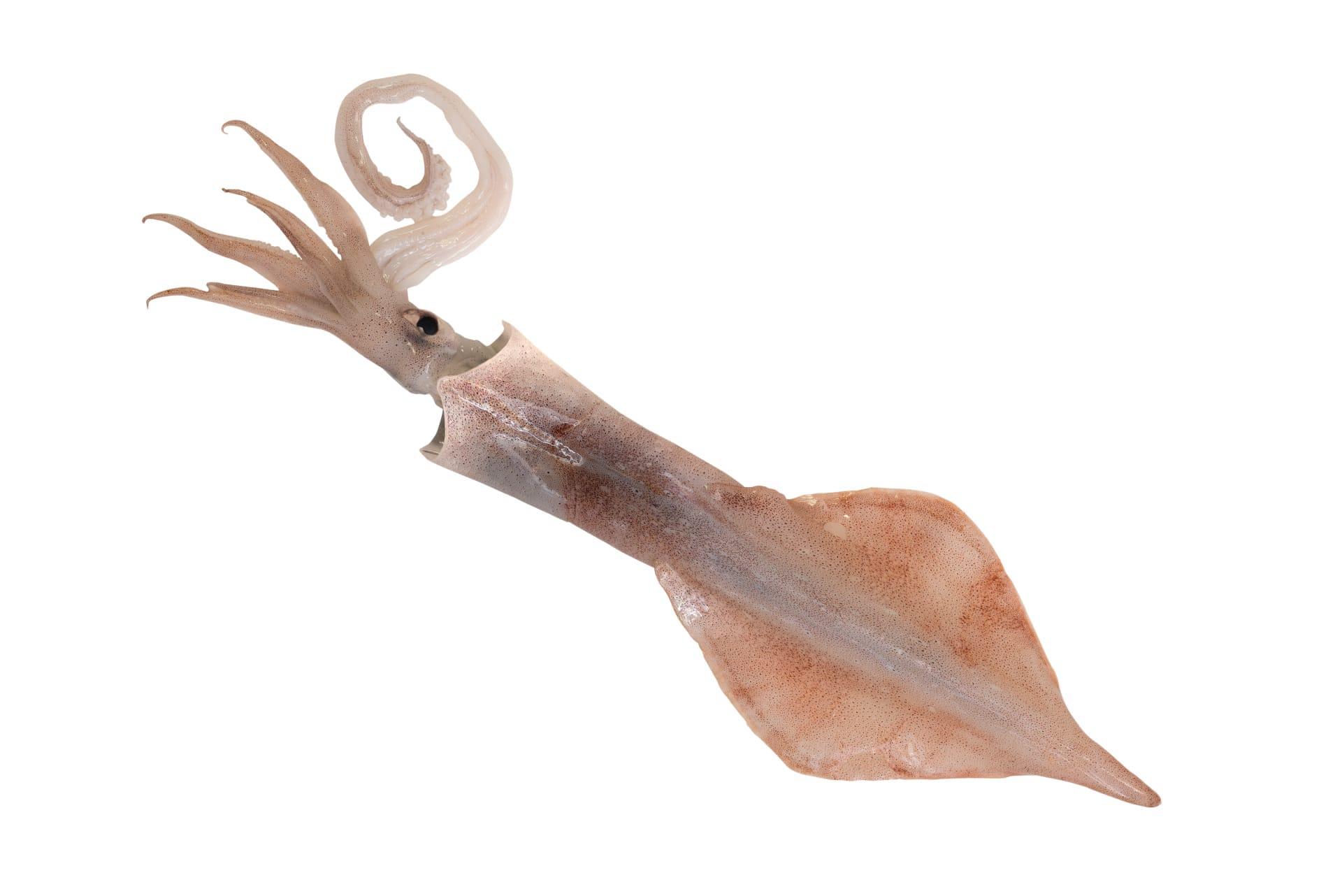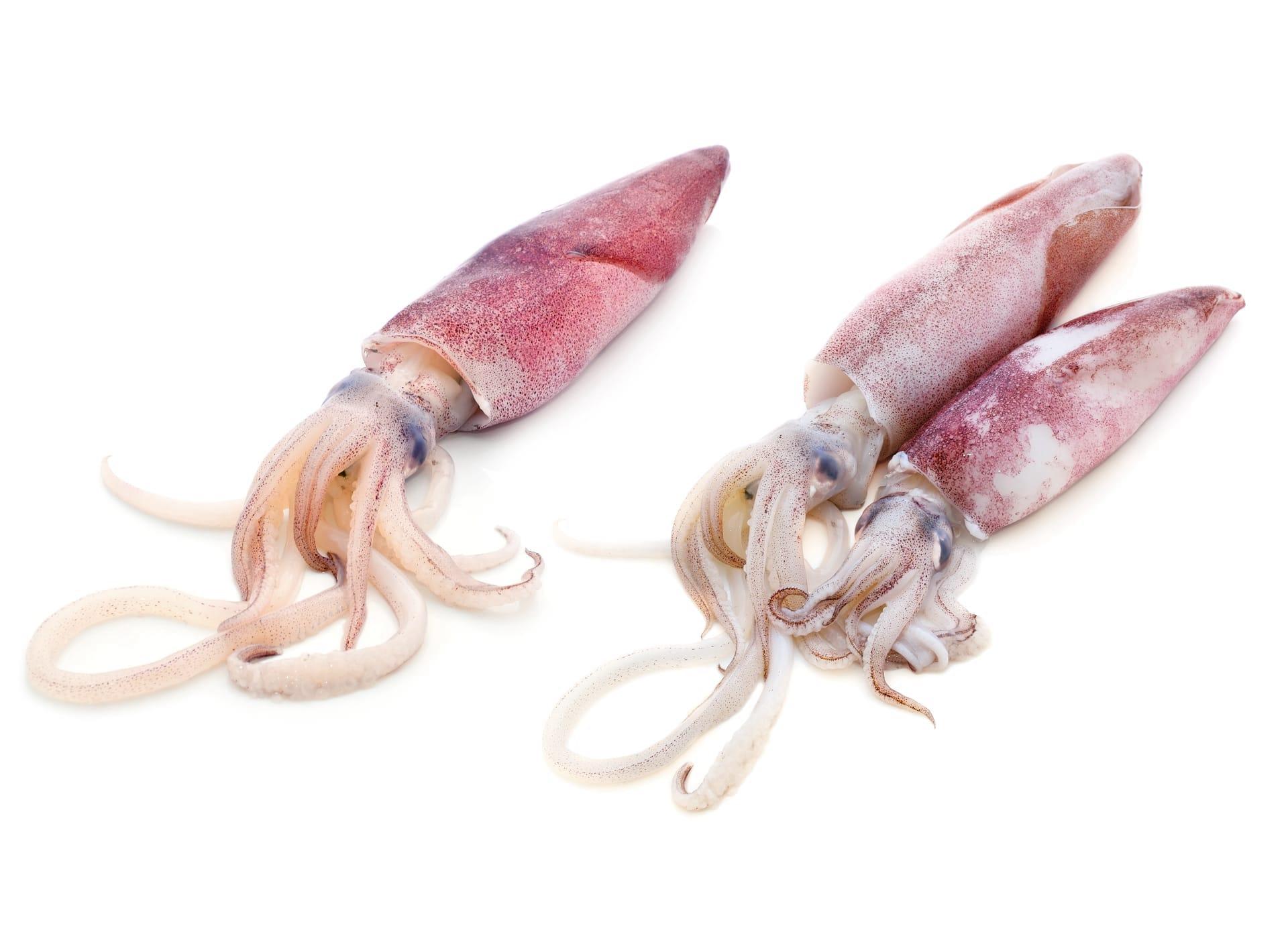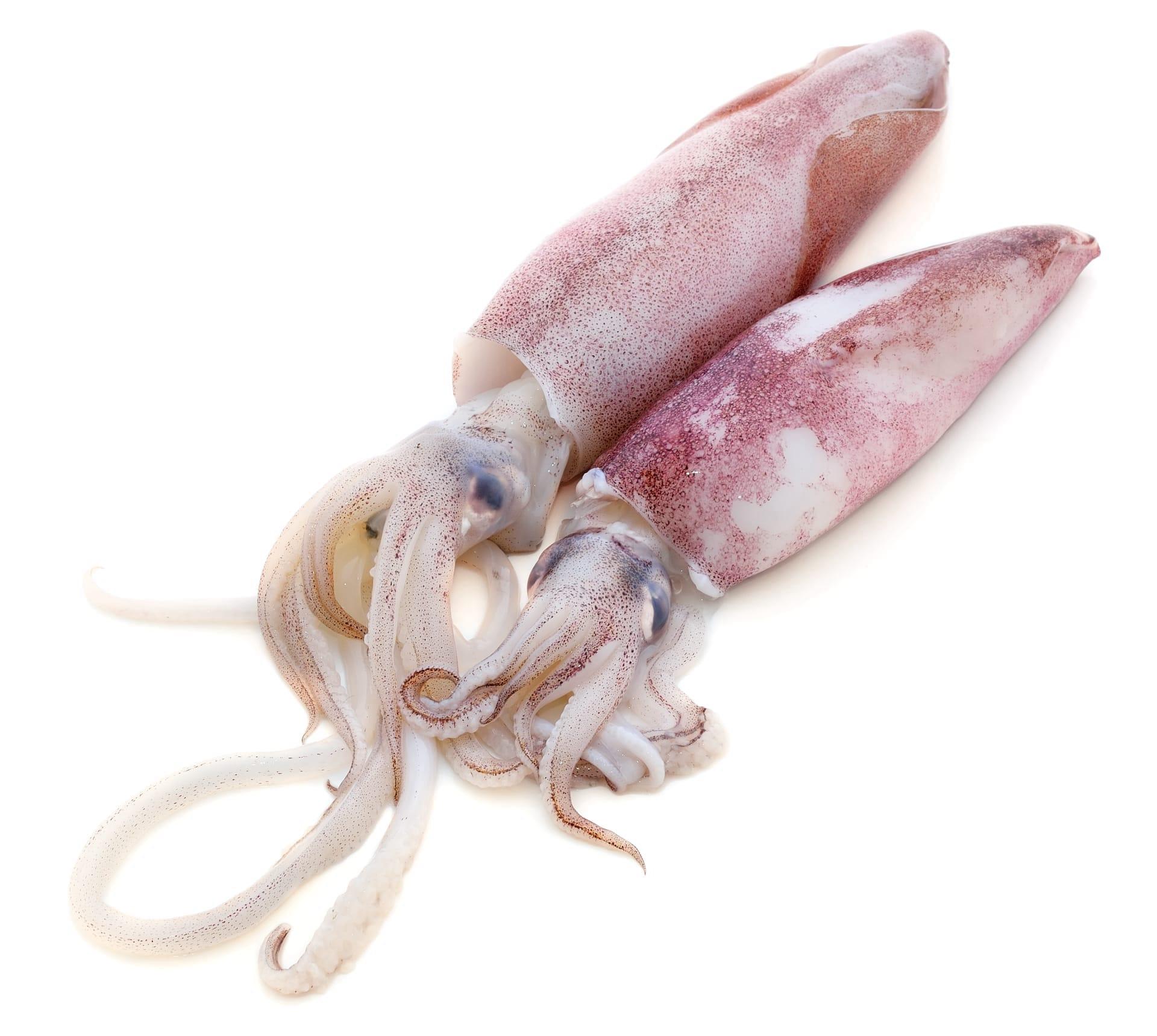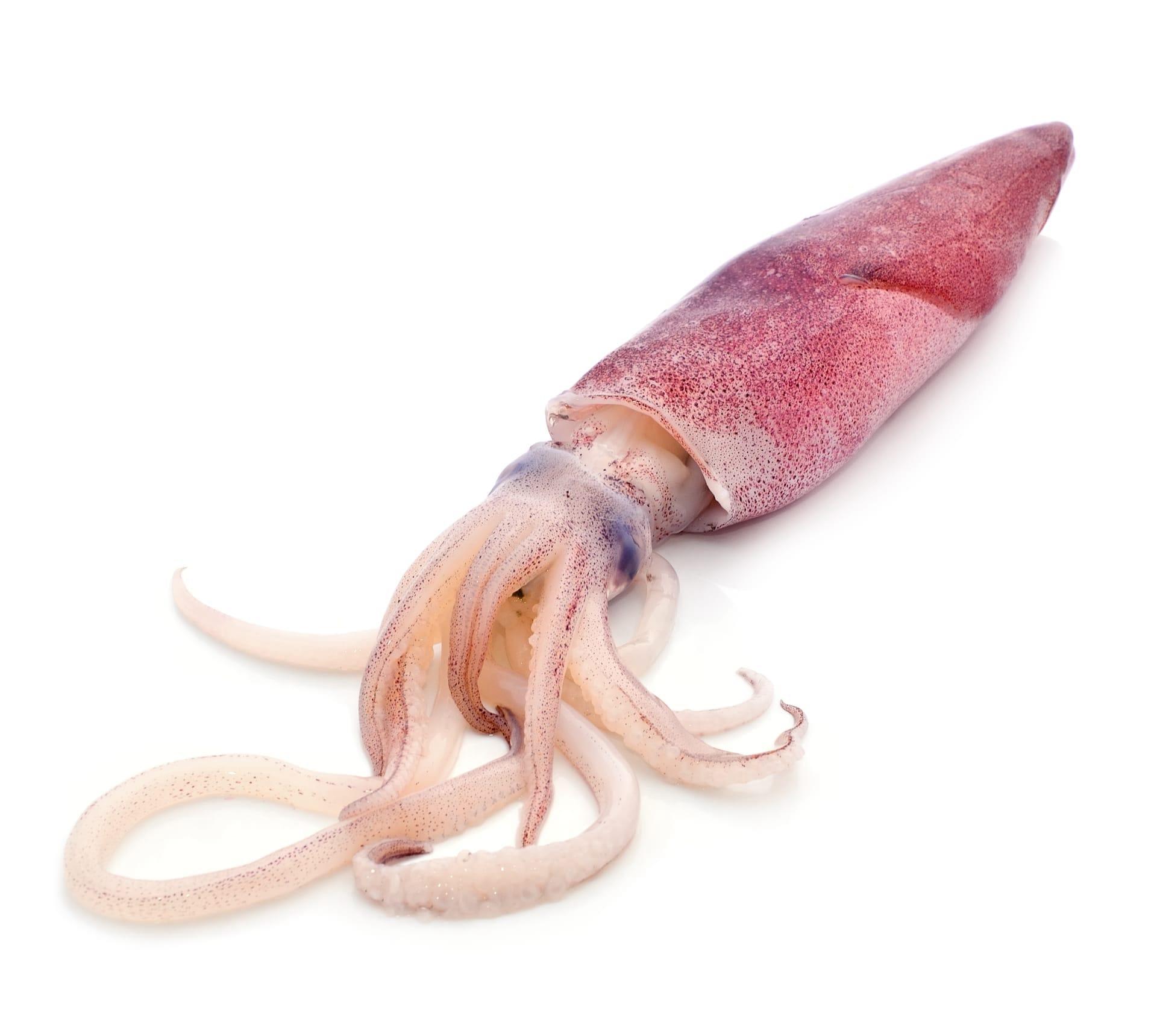Needle Squid
- Home /
- Mini Encyclopedia /
- Animal /
- Needle Squid
1
The Needle Squid, belonging to the family Loliginidae, is a fascinating species that has captured the interest of marine biologists and enthusiasts alike. This species, scientifically known as Lolliguncula brevis, exhibits a slender, elongated body typical of its family, with a length that can reach up to 20 centimeters. Its distinguishing features include a small, arrow-shaped head and a pair of elongated fins running along a significant portion of its body, contributing to its needle-like appearance. The Needle Squid's adaptive coloration, with its ability to change hues for camouflage and communication, showcases the complexity of its biological makeup.
Geographically, the Needle Squid thrives in a wide range of marine environments, predominantly found in the warmer waters of the Atlantic Ocean. Its distribution spans from the eastern coast of the United States, down through the Gulf of Mexico, and extends towards the northern coasts of South America. This species prefers shallow, coastal waters but can also be found at depths of up to 100 meters, navigating through the water column in search of food and shelter. The adaptability of the Needle Squid to various marine habitats underlines its resilience and the crucial role it plays in the oceanic ecosystem.

2
Question: Is the Needle Squid capable of ink production, similar to its more famous relatives like the giant squid or octopus?
Answer: Contrary to common belief, the Needle Squid does possess the ability to produce ink, a feature that is widespread among cephalopods. This small squid harbors an ink sac that secretes a dark fluid when threatened, aiding in its escape from predators. The misconception likely arises from the squid's diminutive size and less dramatic use of ink compared to larger cephalopods. This defense mechanism is a testament to the evolutionary adaptations that have enabled the Needle Squid to survive in the diverse and often perilous marine environment.

3
The Needle Squid has developed a range of survival strategies that ensure its continuation in the vast and competitive oceanic realm. One notable adaptation is its rapid swimming capability, powered by a unique propulsion system. By drawing water into its mantle cavity and forcefully ejecting it through a funnel, the Needle Squid can achieve remarkable bursts of speed. This not only facilitates swift evasion from predators but also aids in the pursuit of prey, including small fish and crustaceans.
In addition to physical adaptations, the Needle Squid employs a sophisticated form of communication and camouflage through its dynamic skin coloration. Utilizing specialized cells known as chromatophores, it can rapidly alter its appearance to blend with the surrounding environment or communicate with other squids. This ability to vanish into the background or display vivid patterns plays a crucial role in its survival, serving both as a defense mechanism and a means to attract mates.

4
In the intricate web of marine life, the Needle Squid holds a pivotal position, contributing to the balance of the ecosystem. As a mid-level predator, it plays a dual role, preying on smaller marine organisms while also serving as a vital food source for larger predators. This includes a variety of fish species, seabirds, and even larger cephalopods. The Needle Squid's role in the food chain underscores its importance in maintaining the health and diversity of marine communities.
Beyond its place in the food web, the Needle Squid impacts the marine ecosystem through its life cycle and behaviors. Its spawning activities, which involve laying clusters of eggs in sheltered coastal areas, contribute to the replenishment of squid populations and thus sustain the species' role in the ecosystem. Furthermore, the Needle Squid's interaction with its environment, from its feeding habits to its migratory patterns, influences the distribution and abundance of other marine organisms, highlighting its integral role in shaping oceanic ecosystems.

5
Film: "Squid: The Definitive Guide" is a captivating documentary produced in the United States in 2018, which delves into the mysterious world of squids, including the Needle Squid. The film explores various aspects of squid biology, from their evolutionary history to their unique behaviors and survival strategies, providing viewers with a comprehensive overview of these fascinating creatures.
Book: "Cephalopods of the World: An Annotated and Illustrated Catalogue of Cephalopod Species Known to Date" is a significant work published by the Food and Agriculture Organization of the United Nations. This comprehensive guide, released in 2005, covers a broad spectrum of cephalopod species, including the Needle Squid, and offers detailed information on their classification, distribution, and biology, making it an invaluable resource for researchers and enthusiasts alike.
Book: "The Secret Life of Squids" by James B. Wood, published in the United States in 2010, offers an engaging and accessible look into the lives of squids, including the lesser-known Needle Squid. Wood's book, rich with vivid illustrations and photographs, unravels the mysteries of squid behavior, ecology, and physiology, aiming to foster a deeper appreciation for these remarkable marine creatures among a broad audience.